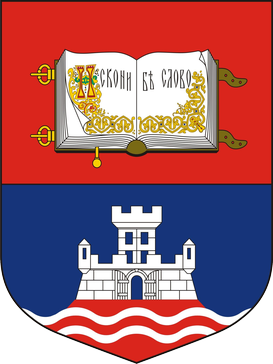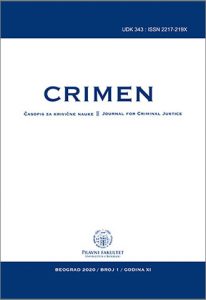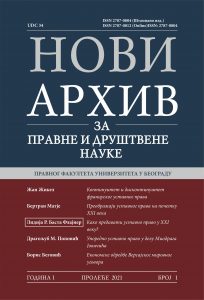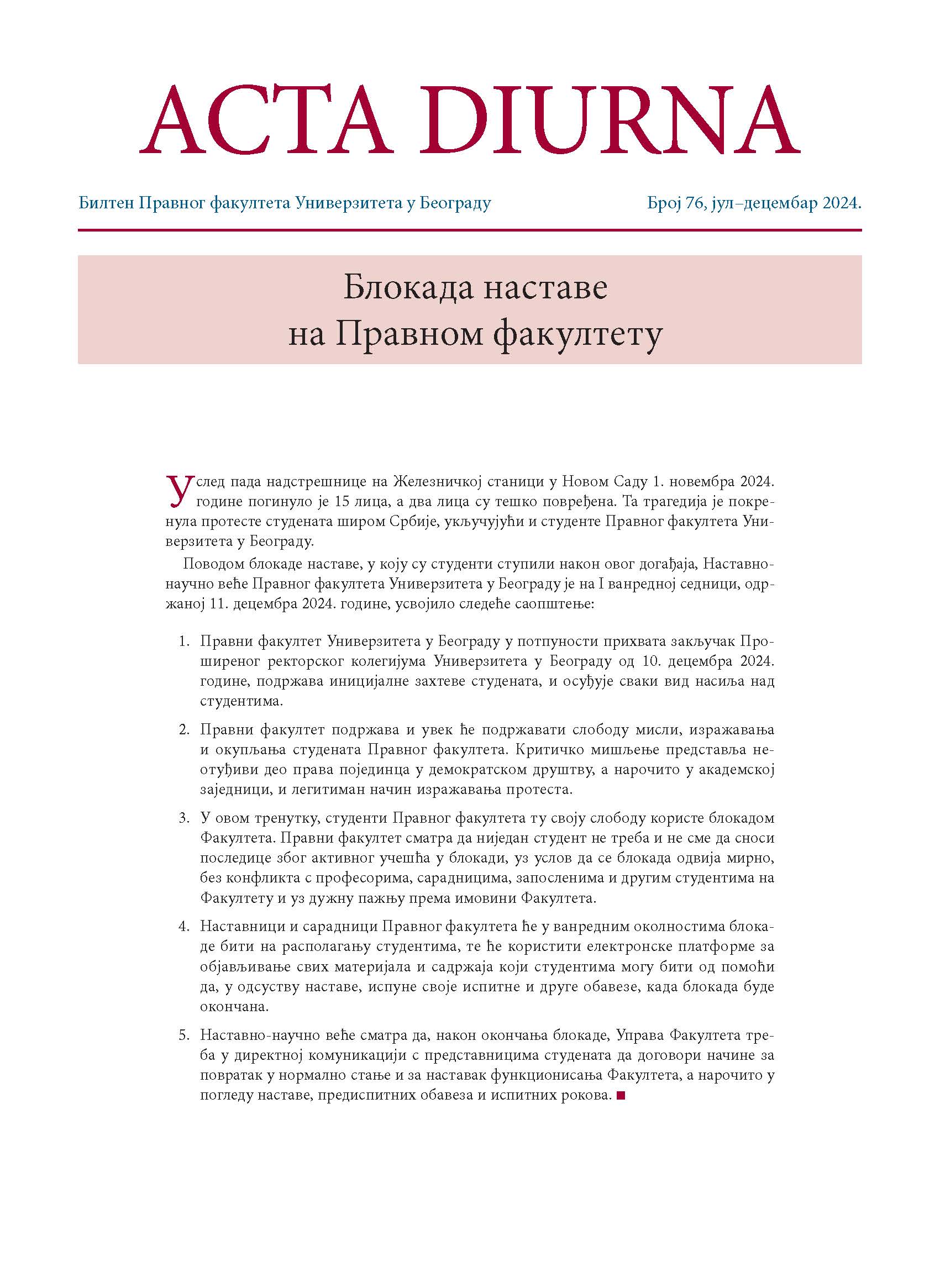This workshop will be divided into a theoretical and practical part. During the theoretical part you will learn about Jewish communities and their cemeteries. During the second part you will learn techniques which will help you to continue your journey of learning by understanding how to find and count Jewish dates on tombstones and how to convert dates from Hebrew calendar to Gregorian.
Date and time: 24 of February 2022, 6 PM CET, duration 1.5 – 2 hours.
Language: English and Serbian interpreter.
Lecturer: Esther Zyskin, Professor of Jewish History, graduate of the Hebrew University in Jerusalem and author of the Jewish Cemetery in the Classroom: An ESJF Guide: https://issuu.com/esjf/docs/jewish_cemeteries_in_the_classroom_-_an_esjf_guide
Registration: https://docs.google.com/forms/d/e/1FAIpQLSceXPckud_NIzuYchVCgaKZuB_cEeNlxb8PTpJf6LytamfOeg/viewform
The rich culture of about two thousand years of Jews in Serbia was unexpectedly destroyed and almost disappeared during and after the Second World War when about two-thirds of Serbian Jews were murdered by the Nazis. After the war, a large amount of the remaining Serbian Jews emigrated to Israel and the USA. Consequently, synagogues and Jewish cemeteries can only be located in some areas of Serbia, often representing the latest evidence of Jewish life.
The European Jewish Cemeteries Initiative (ESJF) was set up as a German-based non-profit in early 2015, with the core objective of protecting and preserving Jewish cemetery sites across Europe through the accurate delineation of cemetery boundaries and the construction of walls and locking gates.
Under the ESJF protecting program more than 230 Jewish cemeteries in Europe have been fenced. 22 of these fencing projects took place in Serbia. However, protecting cemeteries with fences is not enough. It is important to understand that Jewish burial sites are an integral part of our common heritage and thus are a shared responsibility.
Join our workshop to learn more about these unique heritage objects as well as how to read and understand this historical source about our past.
This project took place thanks to the funding of the Auswärtiges Amt, the Foreign Office of the Federal Republic of Germany.
Learn more about ESJF











